By Susan E. Appling
The United States officially entered World War I on April 6, 1917. In response, numerous hospitals across the country established units in Europe under the auspices of the U.S. Army. Johns Hopkins’ Base Hospital 18 opened with Bessie Baker, Class of 1902, as the chief nurse. Sixty-seven nursing graduates of the school as well as 40 nurses from other hospitals sailed to Europe in June 1917 to staff a French Hospital in Bazoille-sur-Meuse, bringing equipment for a 500-bed hospital only to learn it would have 1,000.
Through the next winter it was the only hospital in the area providing care to the sick and injured. One or two nurses would be charged with the care of 50 to 60 patients and hours worked ranged from eight to as many as could be endured when battles raged. The nurses worked without heat, soaking their feet in cold water to “warm” them before returning to duty, several developing frostbite. They joked of forming a “Chilbains (frostbite) Club.”
By the summer of 1917, many more hospitals joined the 18th, expanding care to 20,000 soldiers. “Shock teams” consisting of a physician, two nurses, and two enlisted men were sent close to the front to provide more immediate care to the most seriously wounded.
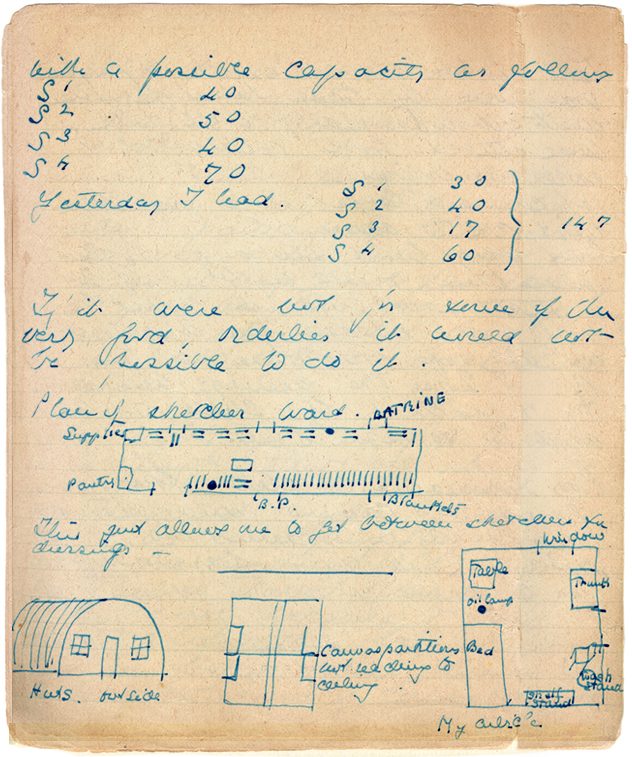
Appointments on teams were hoped for… it was a privilege to be ‘sent up.’
To us [the shock team] fell the care of those patients too ill and too seriously wounded to survive transportation further back, or too badly shocked either from exposure, loss of blood or wounds, to be operated on without our pre-operative, resuscitating care.
Gertrude Bowling, Class of 1915, was a shock team member.
Together with small OR teams, shock teams were the link between First Aid Stations and Base Hospitals, providing medical and surgical interventions within one to several hours of injury.
As the front lines moved forward so did the shock and OR teams, enduring bombs exploding near their tents. The work seemed endless. Ms. Bowling noted:
You forgot all about nursing etiquette. … You only remembered that it was no place for any but those who would roll up their sleeves and dig in and work, and work and work. … You thought not so much how you could nurse as how many you could keep from dying.
They set up shop in churches, cow stables, and abandoned houses, worked with minimal or no light, slept in dugouts and, when bombs fell, donned gas masks and tin helmets to shelter in a wine cellar.
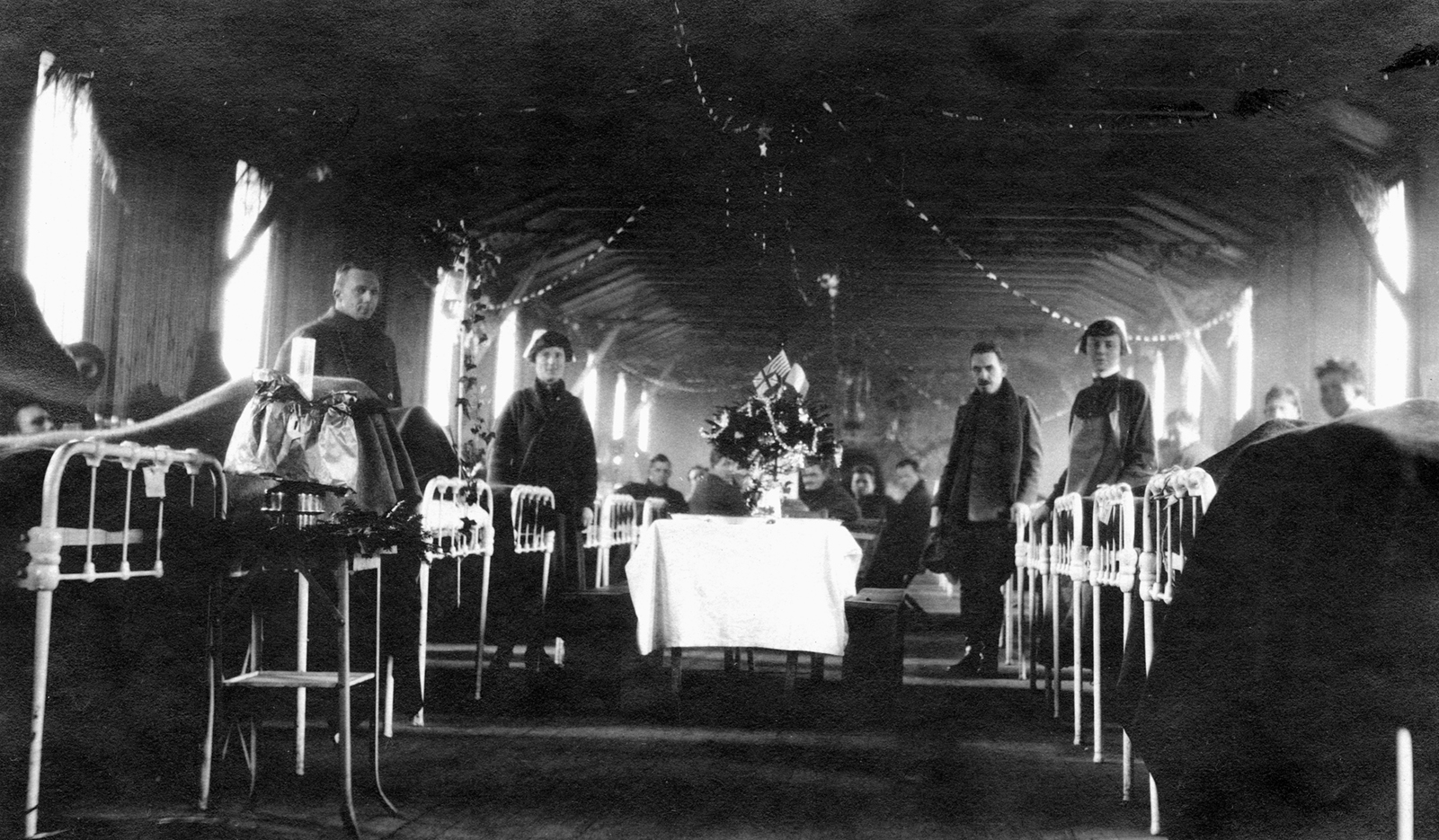
Christmas on a patient ward at U.S. Army Base Hospital 18 in Bazoilles, France.
Pauline Stock, Class of 1913, also served on a shock team and described the treatment routine:
- Wet clothing was removed, a blanket wrapped around the patient and hot water bottles or canteens surrounded them.
- Shock beds provided additional warmth. Stretchers on trestles were covered with blankets and “beside these stood a kerosene stove with a stovepipe … this served to convey the heat in between the blankets which draped the trestle and kept in the heat.”
- Conscious patients without abdominal injuries were given coffee with a teaspoon of bicarbonate soda to counteract acidosis and this was repeated in all hot drinks every two hours.
- Transfusion of blood (from soldiers suffering from gas exposure) or sterile salt solutionwith gum acacia were given.
- Drugs commonly administered were morphine, atropine, and as stimulants—strychnine and caffeine sodium benzoate.
Ms. Stock concluded her account of the teams’ experience noting that in the small town of Cohan, 5 miles from the front lines, “a Colonel from Headquarters appeared, and after expressing surprise at finding women so close to the line, ordered us back to a quieter section of the country.”
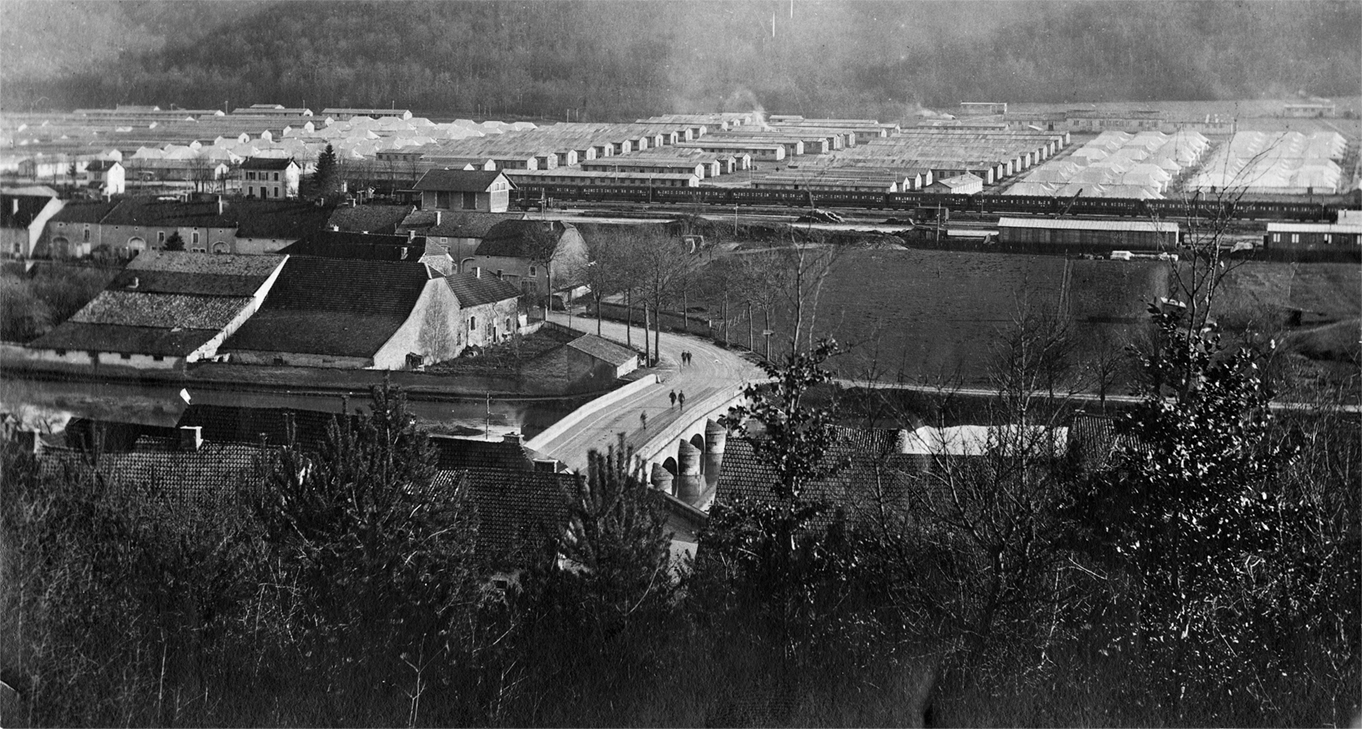
An overview of the hospital complex.
Most nurses would not return to the U.S. until February 1919. While proud of the services rendered, at times they expressed frustration that they did not have military rank and authority to determine best nursing practices and efficiencies. And so, many Hopkins nurses joined with the American Nurses Association to secure rank for those in the Army Nurse Corp; in 1920, officer-equivalent rank was gained. They also supported the establishment of the League of Nations, noting in an editorial in the Alumnae Magazine that “Nurses realize more deeply than any other group of women the hideous toll which has been paid to win the war. For this reason their interest in the establishment of a League of Nations is vital … whose purpose, through cooperative action, must be the promotion of the welfare of humanity throughout the world, regardless of class, race or sex.”
Susan E. Appling, RN, PhD, 1973 / Sources: Warren, Mame (Ed.). (2006). Our Shared Legacy: Nursing Education at Johns Hopkins 1889-2006. Baltimore, MD: The Johns Hopkins University Press. | The Alan Mason Chesney Medical Archives of the Johns Hopkins Medical Institutions | The Johns Hopkins Nurses Alumnae Magazine
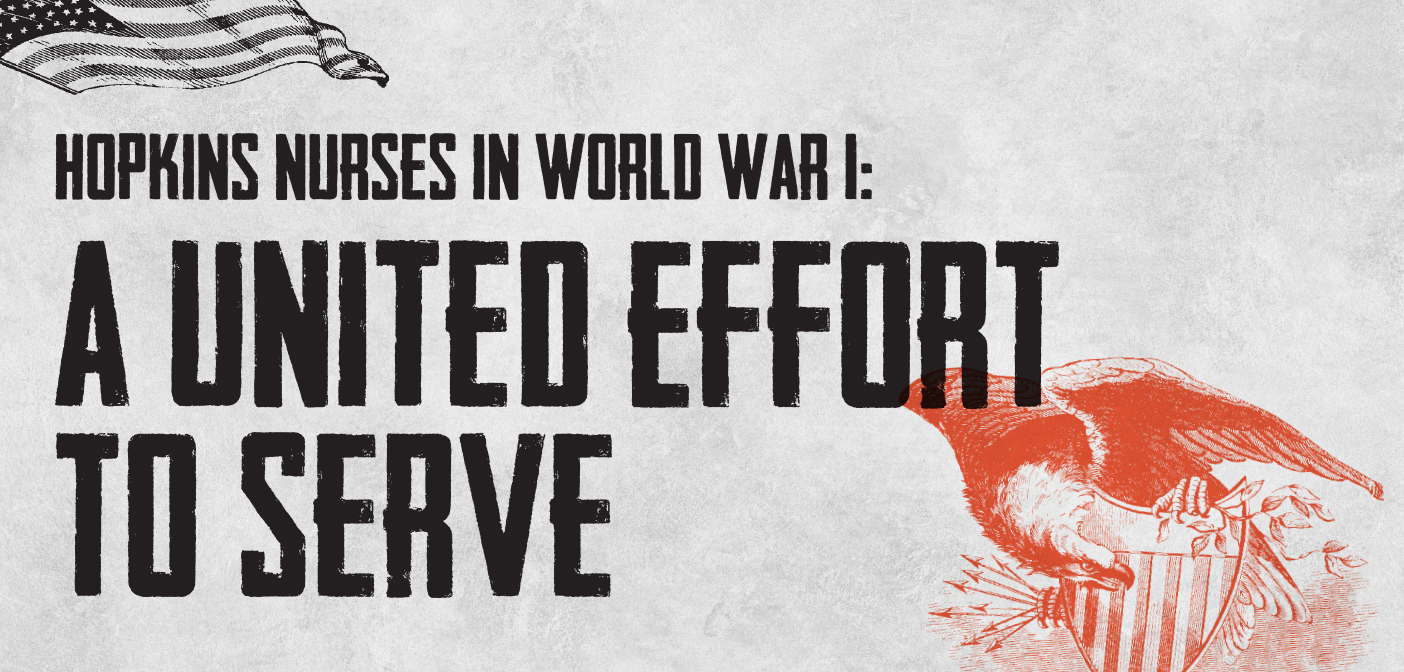
 Forging Policy: How Can Doulas Improve Black Maternal Health?
Forging Policy: How Can Doulas Improve Black Maternal Health? You’re Welcome
You’re Welcome Leap Forward: Where are They Now
Leap Forward: Where are They Now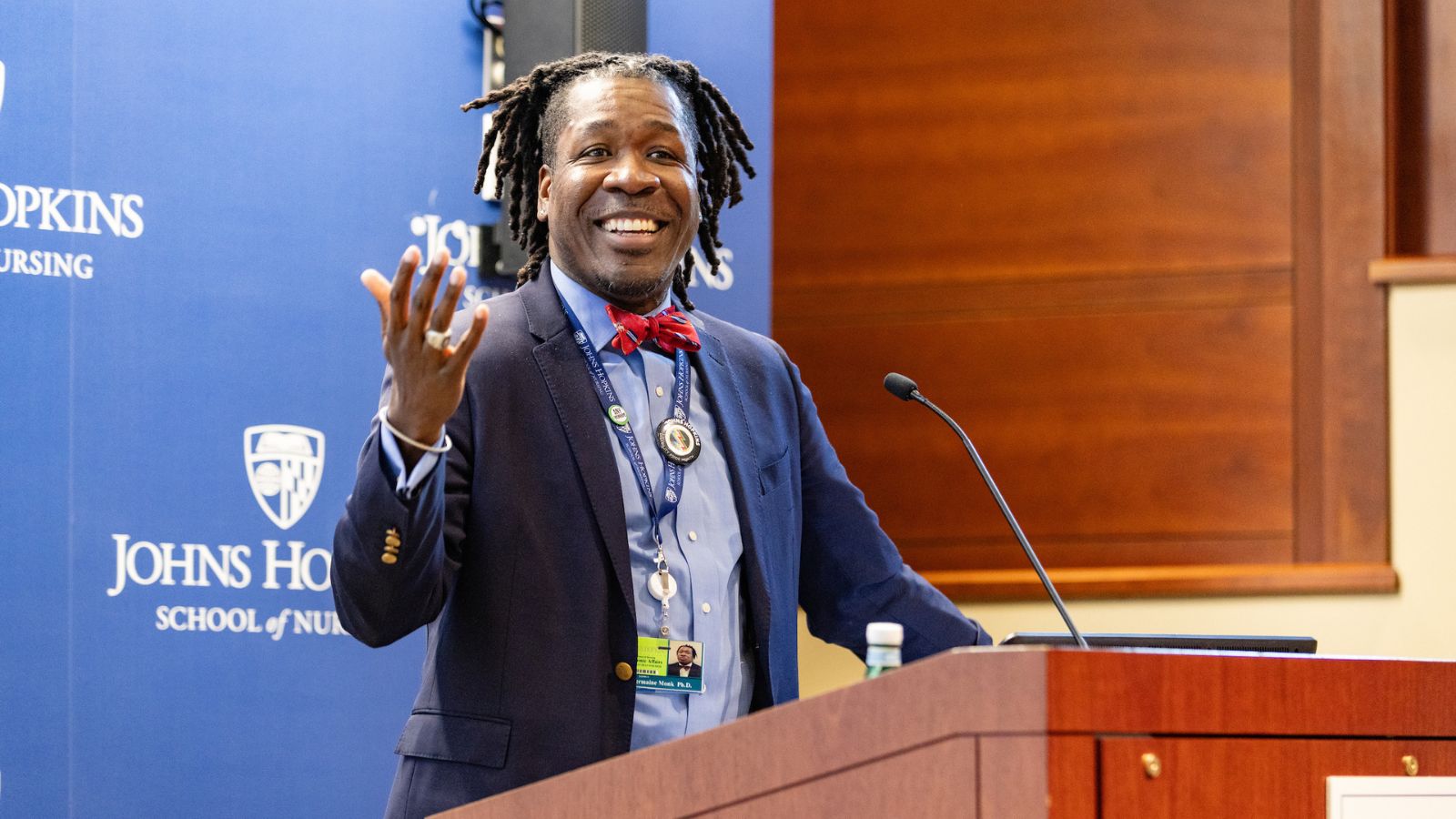 Forging Policy: Associate Dean Jermaine Monk and Education After Affirmative Action
Forging Policy: Associate Dean Jermaine Monk and Education After Affirmative Action My First Teachers in Nursing School Weren’t Nurses
My First Teachers in Nursing School Weren’t Nurses






